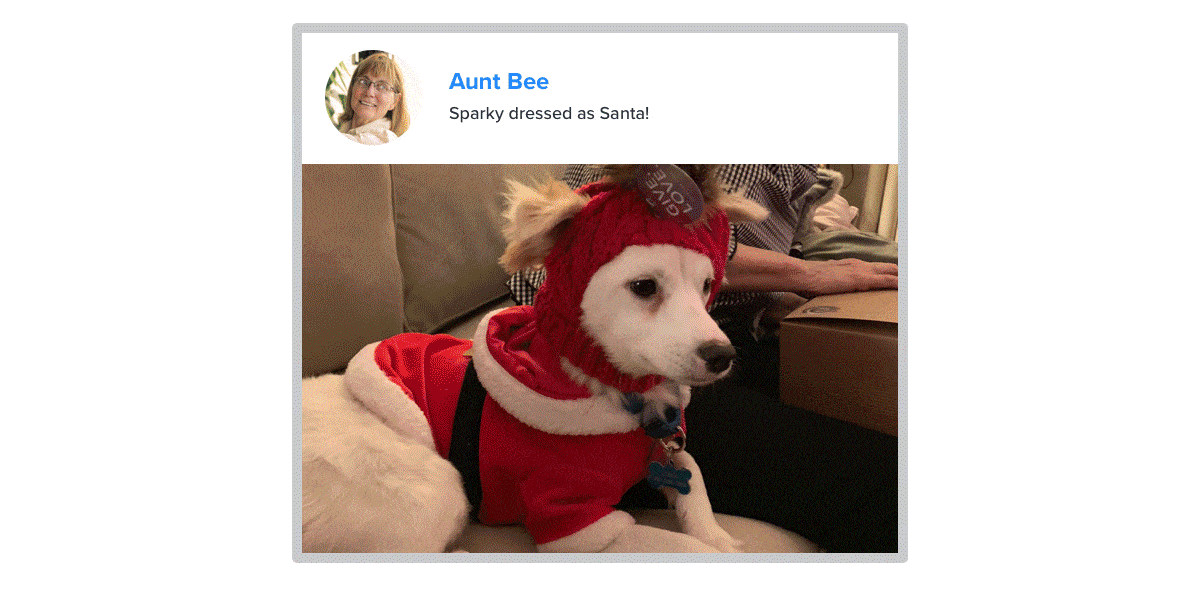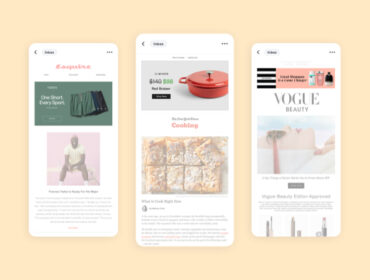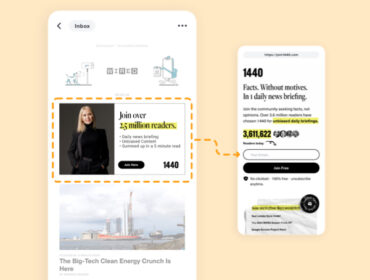Retail Marketers Want What Email Offers
What’s a Retail Marketer to Do?
Facebook has 185 million users every day and promises advertisers the ability to reach and finely target them with messages and then measure the results. But the platform’s growth is plateauing and its advertising costs are rising, even as its targeting capabilities are poised to decline.

Facebook (which also owns Instagram and WhatsApp) earlier this year warned that it would let users opt out of data collection from other apps and websites, which in turn will hinder marketers’ ability to use the data for targeting. Last year, after the social network changed the Newsfeed algorithm, its average advertising price shot up 122% compared to a year earlier, according to Business Insider.
Meanwhile, surveyed retailers said that managing the increasing costs of their current advertising channels was the second-highest priority, behind differentiating from competitors. They also want to introduce new methods of presenting their products and improve their performance, according to the survey, conducted by WBR Research for LiveIntent about marketers’ intentions for the holiday season.
And that all means that retail marketers will be well-served to diversify beyond the social networks.
The Reasons Email Works
You’re probably not surprised to hear us say that email offers a great channel for that diversification. In fact, sometimes it seems like social platforms are playing catch-up with a technology that’s more than 40 years old and offers refined targeting, measurement, attribution, and optimization.

For email, users give a very personal piece of information – their email addresses. They show interest in specific content while permitting missives into their private inboxes. They often answer questions that give further insights into their wonts, wants, and needs. When they use email, they are logged in. Marketers know who they’re talking to.
Email also works on nearly any type of device and screen – and that matters to marketers. In the survey, 93% of respondents said “mobile content” was critical, important, or relevant to their holiday product presentation strategies.
Email is devoid of fraud and absent of the barely relevant silliness that can clog our social feeds. (Sorry, Aunt Bee, Sparky is super cute but not worth that many photos from Christmas, the sleepover, the pool, and visiting his nephew.) Marketers can have greater confidence that their messages will appear alongside relevant, vetted content.

The technology enables gating, tracking, and optimization. It allows for conversations with customers who’ve responded to an offer or clicked on a link, then gone through a discovery process on a retailer’s website or app.
Targeting, Tailored Content, and Control
Marketers also know that, unlike social platforms, email’s rules won’t suddenly change. They know that data collected today will match what’s gathered tomorrow. And they can provide us the data to segment audiences for targeting, and to refine and optimize as they learn more over time based about what’s resonating with whom. They can serve tailored content and offers to each audience segment.

The survey found that 68% of retailers are prioritizing specific products and content for presentation in digital environments. By aligning meaningful content with the unique aspects and benefits of each product, “retailers can direct consumers’ attention to benefits that differentiate their products.” Different retailers identified different types of content – immersive, interactive, humorous, etc. – as the best match for their strategies.
“I personally think creating content is the only way to reach out to our customers,” a respondent from a specialty retailer said in the survey.
In a nutshell: Email works. It gives marketers a channel with flexibility and control, decreased risk, and the ability to target, measure, and continually optimize for increasingly cost-effective results.
—
How will your brand stand out this holiday season? Download the 2019 Etail Holiday Report.



